Custom tin packaging...
Solution to the ghosting problem of tin box printing
Introduction: In the tin box production process, it is inevitable that various situations will affect the printing quality of the tin box, such as ghosting problems. As long as the causes are correctly analyzed and effective measures are taken, the printing ghost problem can be solved and effectively avoided.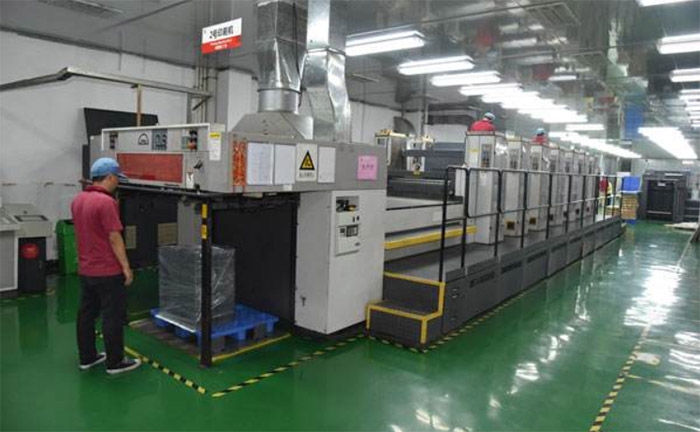
1. Ghosting caused by improper printing of tin box printing plates or blankets
In the tin box printing, due to the lack of correct operating knowledge, the plate fastening screws were not tightened uniformly in sequence, resulting in uneven tightness on the surface of the cylinder, and slight bulges on the printing plate; too much cushion on the back of the printing plate Soft or partial use of multiple pads or less pads makes the critical emptiness; the double-sided adhesive residue is left on the surface of the printing cylinder that is not clean; the printing plate or blanket is not tightly packed, and it is easy to cause partial ghosting.
Strictly controlling the control of plate-loading operation and pad technology is the key to solving the problem of partial ghosting in tin box printing. That is, when the printing plate is tightened, the screws are gradually tightened uniformly in turn. Do not tighten one screw first, so that the printing plate cannot be fully and evenly attached to the surface of the drum. In addition, the back of the printing plate should be padded, and the texture should be harder, and try to avoid partial padding or hollowing out to achieve the effect of eliminating ghosting.
2. The double image caused by the abnormal pressing of the roller of the tin box printing
The adjustment of the parts related to the roller press is unsuitable or worn, and a certain position difference will occur each time the press is pressed, so that the position of the print is different.
The ghost caused by this situation can be eliminated as long as the clutch pressure mechanism is recalibrated and adjusted, and the worn parts are repaired to make the roller clutch pressure work accurate, coordinated and unified.
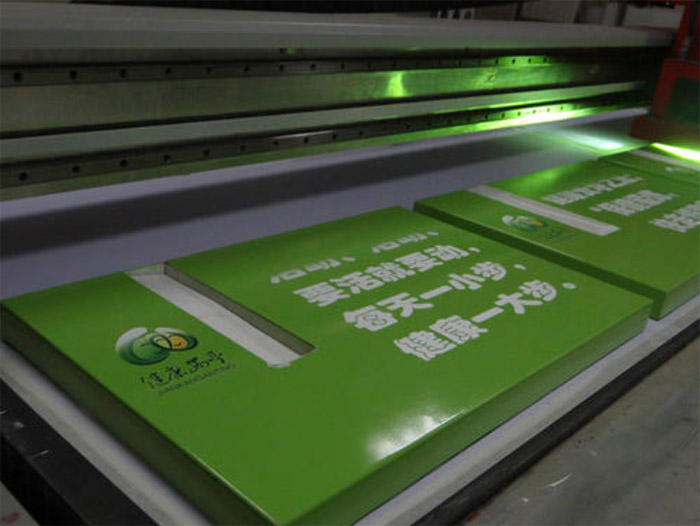
3. Ghosting caused by insufficient bite pressure on the platen printed on the tin box
When the roller gritted teeth due to wear and deformation, the gripper plate does not have enough gripping force on the printed sheet during embossing, so that the printed sheet slips out of the gritted teeth during the embossing process, and the amount of slippage is not the same each time, so the next printing At this time, due to the inaccurate overlap of the remaining and fuzzy marks on the blanket and the re-transferred ink marks, ghosting of the gripping area was produced.
In this regard, the roller should be checked for clenching. If the gripping force is uneven or insufficient due to deformation, it should be adjusted again. If the texture of the gripper tooth surface is worn out and the edge of the paper is not tightened, new accessories should be replaced to ensure that the gripper edge does not slip. The ghosting fault of the gripper part can be cleared.
4. Ghosting caused by wear and loosening of roller gears or bearings of tin box printing
After long-term use of the printing press, the lack of careful implementation of maintenance and repair work will cause serious wear of the roller gear or bearing. It is inevitable that vibration will occur during the printing process, and the imprinting ghost will follow. In this regard, after repairing the worn parts, the fault can be cleared.
5. Ghosting caused by the discomfort of the roller lining of tin box printing
When printing tin box iron sheets, the lining diameter of the plate cylinder and the blanket cylinder is too large. Due to the excessive inconsistency of the line speed during each impression, the speed difference and friction are generated, and the surface of the blanket is squeezed and deformed. The inner liner moves until it creases, and the fault of imprinting ghosting also follows.
In this regard, the center distance of the roller should be re-measured, the thickness of the lining should be controlled according to the equipment specifications, and the linear speed of the roller should be kept consistent to avoid printing ghosting failure.
6. Ghosting caused by excessive adjustment of tin box printing pressure
When the pressure between the blanket cylinder and the impression cylinder is too large, the extrusion deformation displacement of the blanket will inevitably increase accordingly, so that the ink cannot be restored to its original state immediately after the ink transfer during the embossing process. In this way, when receiving the imprint from the printing plate cylinder, a slight position difference is generated, forming a ghost.
In this regard, in actual operation, as long as the roller pressure is appropriately reduced and the expansion coefficient of the blanket is reduced, this fault can be eliminated.
7. Ghosting caused by improper adjustment of tin box printing ink viscosity
When the tin box printing ink has a large consistency and strong viscosity, the printed sheet will produce a small amount of slip during the embossing process, which can easily cause the occurrence of ghosting faults, especially when the gripper is insufficient, the longitudinal ghosting will be more obvious. In view of this situation, in actual operation, as long as the ink adjustment process is shut down, and appropriate additives are added to reduce the viscosity of the ink, the ghosting fault caused by improper ink viscosity adjustment can be eliminated.
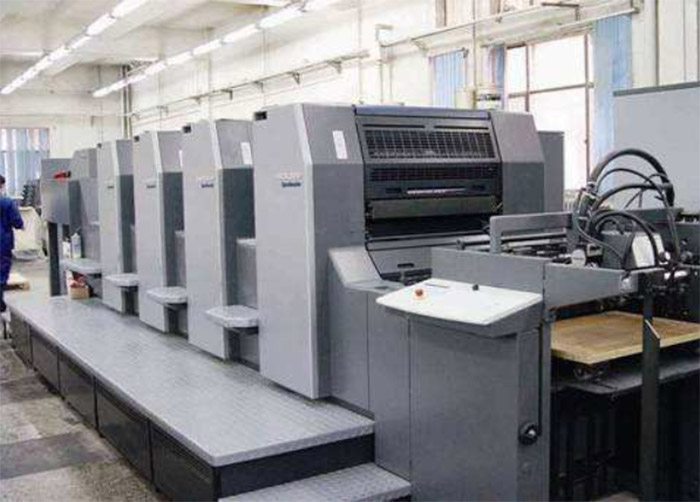
Conclusion: Shangzhimei tin box factory has a number of advanced German imported brand new Heidelberg folio CX102, CD102, quarto SM74 color printing presses, CTP plate making technology, without film direct plate printing and supporting advanced post-process processing equipment to avoid tin box printing Ghosting problem in the process. We have a professional technical team, a complete industry ERP management system, and a strict ISO international quality management system. Strictly control the quality in the tin box printing production process; from the purchase of raw materials to the entire production process, from the finished product inspection to the after-sales service, each process implements self-inspection and special inspection, establishes a quality tracking card for the entire process, and traces it back to the tin The whole process of using the box. Before the tin box leaves the factory, there are three inspections: full inspection→re-inspection→factory inspection. The responsibility is implemented at various levels, and the quality is controlled so that unqualified products are not shipped.




.jpg)

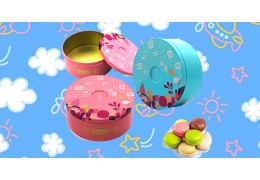


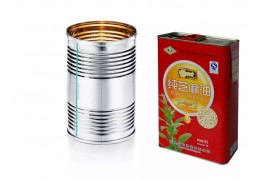





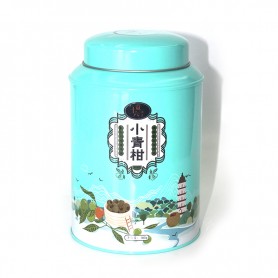

Últimos comentarios